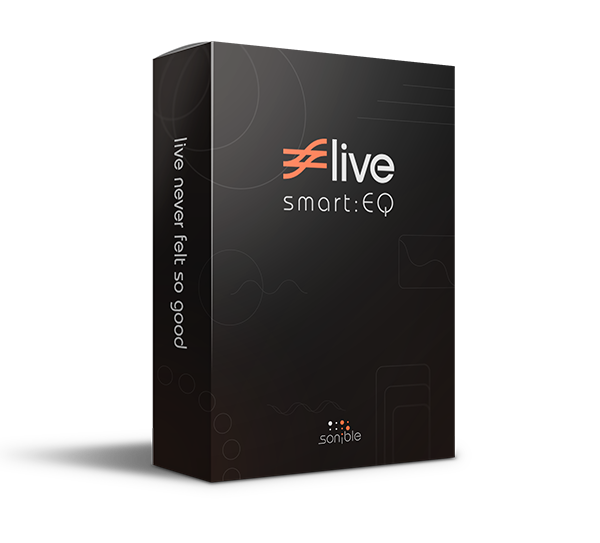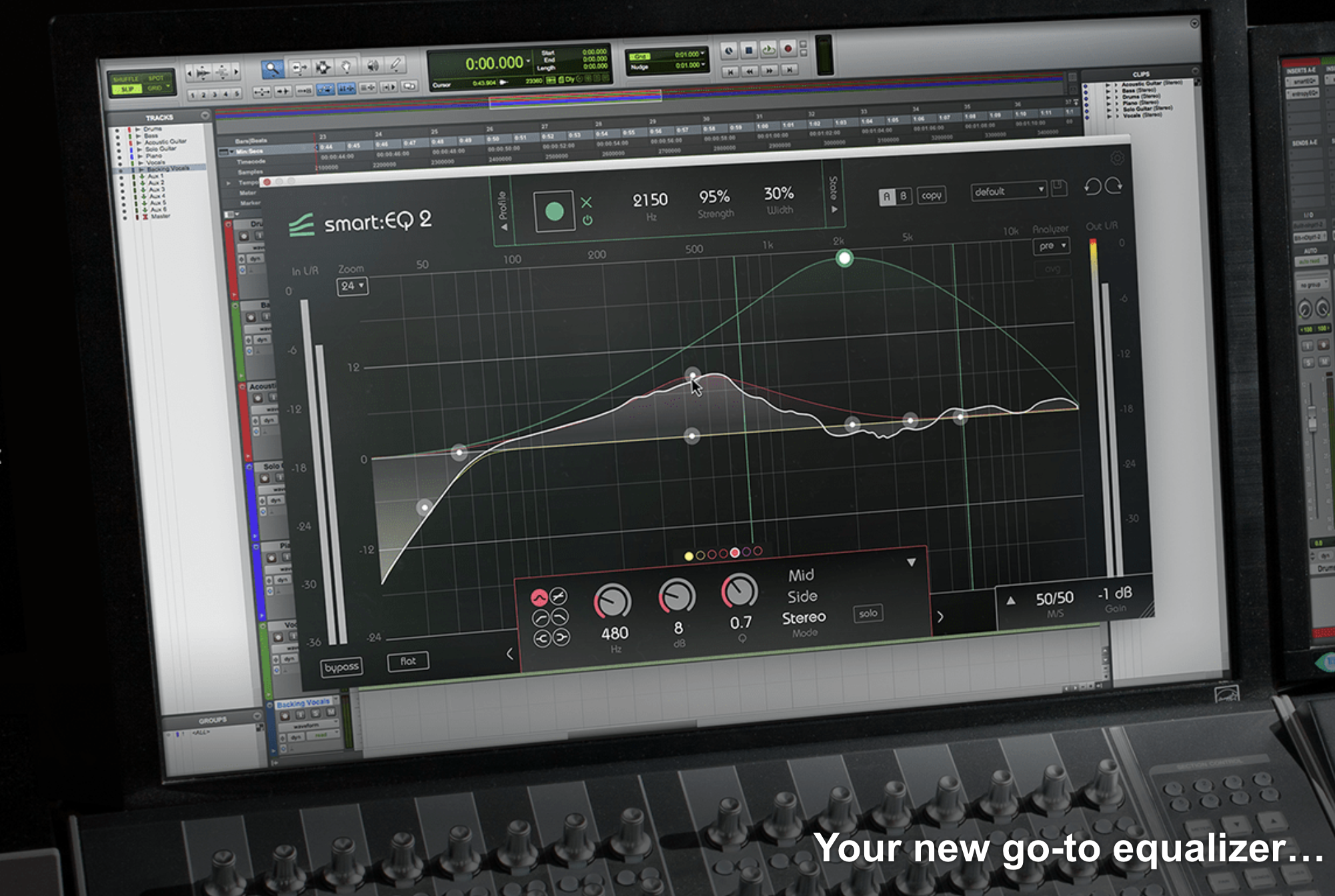

filter automatically corrects tonal imbalances Revolutionary learning ability powered by smart:engineTM.

#Sonible smart eq no sound update#
NEW: Pro interface update & M/S processing.

El smart: filtro se adaptará a las características de la señal. Elija el perfil para la fuente de sonido con la que está trabajando. Smart:EQ3 incluye nuevos perfiles para el procesamiento de audio sensible al contenido. Por último, pero no menos importante, los filtros de sonido musical y natural de Smart:EQ3 lo convierten en su nuevo EQ go-to. Las opciones adicionales de procesamiento M / S le permiten controlar completamente el espacio sonoro de sus pistas. Alcance sus objetivos de mezcla en menos tiempo sin sacrificar la calidad del sonido. Refine su flujo de trabajo de producción de audio con el diseño de interfaz superintuitivo de Smart:EQ3. Agregue claridad a sus mezclas, agregue más fuerza a las pistas individuales o extraiga las partes más duras de sus grabaciones vocales, en segundos y con una precisión sin precedentes. Smart:EQ3 analiza su material de audio y genera una curva de filtro personalizada para crear un balance tonal de sonido natural. Experimenta un flujo de trabajo de mezcla más rápido que nunca. Header and Share image: by BZ | Aad Meijer / used under CC BY-SA 2.Sonible SmartEQ3 v1-0-1 VST-AAX WiN…Smart:EQ3 mejora el detalle, la claridad y la transparencia de sus mezclas después de solo unos pocos ajustes. You can further accentuate or reduce the ducking effect with the sensitivity setting and the threshold control. Route the voice track as sidechain input for the plug-in and start the learning. Load an instance of smart:comp on the music track and switch to sidechain mode. This way, the voice remains clear and distinct in the foreground and the music keeps its effect. With the frequency-selective ducking feature of smart:comp, you’ll be able to make room for the voice – precisely where it’s needed. Especially at the beginning of a podcast, it often happens quite often that the music is too loud though and the speaker’s voice is difficult to understand. Music is a great way to get the attention of listeners during the intro as well as making the content more dynamic throughout a podcast. Step 3: Clear voice, attention-grabbing music with smart:comp It’s highly recommended that the output level always stays below 0dB, although smart:comp applies soft-clipping to avoid digital distortion when the “limit” button is enabled. If necessary, you can increase the output gain to bring the voices up to the desired level. Choose a profile that matches and initiate learning. Place smart:comp on the recording of the voices. Th different levels will be adjusted and the sound immediately becomes more pleasant and consistent. By using smart:comp’s spectral compression you’ll establish spectral balance in no time. Intelligibility is decreased when several people with varying voice levels are participating in a conversation. Step 2: Strong voices, consistent levels with smart:comp Then, activate the dynamic mode by increasing the dynamic value in either the parameter box or in the widget (reveal widget by right-clicking the filter thumb). After smart:EQ 3 has calculated the smart:filter, you’ll be able to adjust the intensity of the processing to your liking. Playback the track and click the recording button. Choose a suitable profile – we recommend either “speech high” or “speech low”. Load an instance of smart:EQ 3 on the tracks that contain all the speakers. Using the dynamic mode of smart:EQ 3’s intelligent processing establishes a spectral balance even when there are multiple speakers. Due to less than ideal microphone positioning or guests who join the conversation via online communication services, it’s not easy to meet this expectation. We expect podcast voices to sound rich and well-balanced.


 0 kommentar(er)
0 kommentar(er)
